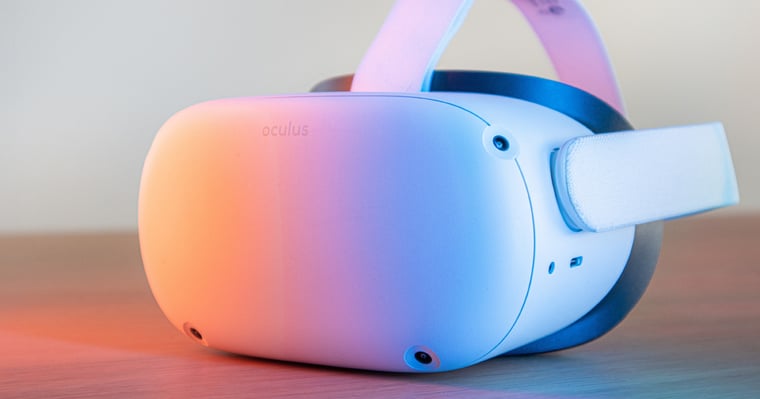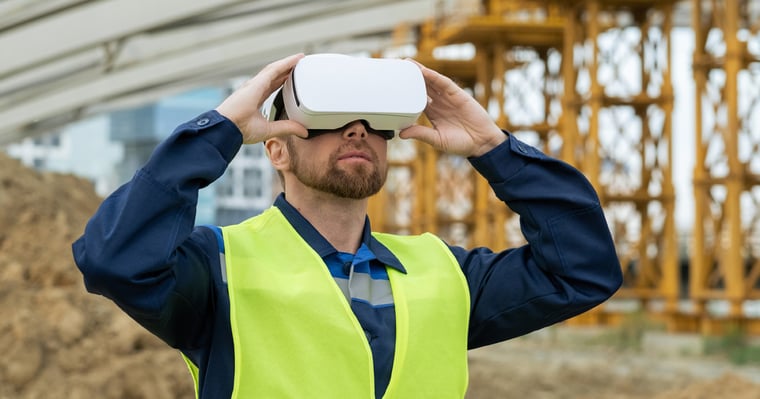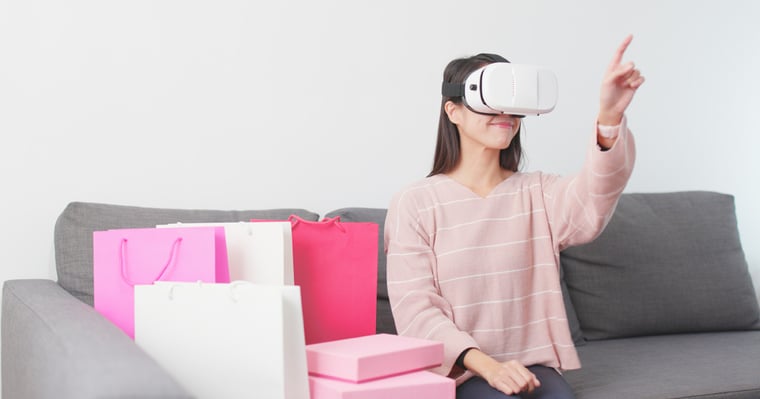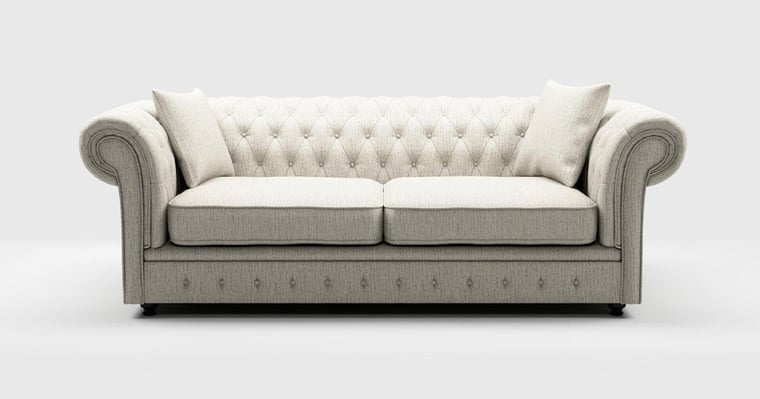
A new reality: the effect of VR and AR on industries
Published by Admin on
Nov 15, 2021 1:56:40 PM
Looking at the impact of visualisation technology for architecture, retail and furniture design.
Since we’ve entered the current millennium, there’s a fair bit of science fiction that has proven to be a precursor to science fact. In his 1992 science fiction novel “Snow Crash”, writer Neal Stephenson coined the term metaverse. This word now brings up over 44 million results in a simple web search and, in recent months, the top content is news stories explaining what it is along with talk of companies investing in the creation of the metaverse.
To define it simply, the metaverse is a digital reality; a virtual world of connected communities where users can enjoy all the usual habits of life; meeting up with friends, shopping, work, and play. Some say it’s the internet brought to life and how we’ll enter the metaverse is through AR or VR headsets and other devices.
Clearly, the metaverse can be a thing of the very near future but the key is access. The more you look at it, the more you realize just how important VR and AR technology is to our rapidly evolving world. This tech already exists, the metaverse doesn’t (yet). So, there are great opportunities for VR and AR to have a big impact before becoming the gateway to new worlds.
Seeing things differently
To understand the application of this technology, let’s quickly explain VR and AR
- Virtual reality (VR) is a digital simulation of a virtual world. As an example, viewing a virtual piece of furniture in a virtual room. Video games or 3D renders of interior designs or architecture are perfect for VR. With a headset, the viewer is immersed within this virtual world, replacing their vision of the world around them with the simulation.
- Augmented reality (AR) combines the digital world and the physical elements of the world surrounding the viewer to create a virtual environment. For example, viewing a physical piece of furniture and seeing various digital fabric textures applied to that same furniture item. AR often adds digital elements to a live view, so scores, comments, and pundit highlights for live sports games are great with AR.
VR requires a specialised headset while the majority of AR apps are available for viewing on smartphones. This technology is growing quickly so, we expect to see viewing technology improve in the near future.

New industry experiences
Humans seek stimulation and engagement with all their senses. Visualisation technology stimulates the eyes but they can trick the other senses with immersive experiences. While AR and VR is geared towards entertainment, there’s no reason why the technology can’t be applied to professional settings. This can make for exciting moments within certain industries and we’re going to focus on architecture, retail, and furniture design.
Architecture
Some people can accurately visualise a space with proportions, lines and light. But, some people simply cannot visualise in this way and it can be even tougher when presented with a 2D representation. VR gives architects the power to place a client or investor inside a fully designed space that doesn’t exist yet. It’s a great way for architects themselves to see their creation before its presented and look for any areas for improvement as well as present to a client who can understand the designer’s vision. Not only is it a novel experience, but it can also make the design process more efficient, prevent any costly errors and accurately communicate the desired end result.
 Retail
Retail
Ever liked a product in a store but, when you brought it home, it didn’t look the same or didn’t quite fit in, whether it was an item of clothing, cosmetics or furniture? AR is on the rise in retail, changing both in-store and online shopping for the better. On a smartphone, shoppers can look at pieces of furniture and try on different upholstery fabrics. Online, AR makes it possible to see a desired new sofa or chair in a customer’s home. The growing popularity of AR for retail is leading to new developments like gamification and even virtual malls with video, allowing friends to shop together, even if they’re on different continents. AR makes a high degree of personalisation possible to strengthen brand loyalty. It also makes the virtual shopping experience more engaging and, therefore, more valuable, particularly among younger audiences.
 Furniture Design
Furniture Design
VR and AR both have benefits for furniture designers. Both engage the customer with evocative shopping experiences and can make the customer journey quite personal. Both give the furniture brand a point of differentiation and an edge over their competitors. AR provides the “try-then-buy” experience to confirm the customer’s purchase decision and reinforce their confidence that the item is a natural fit. VR can help reduce miscommunication between buyer and seller as well as speed up the sales cycle. This is because VR can address the customer’s questions and concerns with a single visualisation and can be a much more fun and interactive way to introduce entire product ranges. These tools also make for great marketing content where customers can view products in a completely different way from the comfort of their homes, especially if they have a VR headset.
 Digital textures you want to touch
Digital textures you want to touch
Having these immersive visual experiences demands top-quality digital elements. The simulation must feel as close to reality as possible and digital twin technology is key for success. Twinbru’s digital fabric textures are ultra-high-resolution digital replicas of market-ready physical fabrics. Applied in VR or AR, viewers can enjoy the true colours and characteristics of the textile. The lifelike quality of our digital fabrics means the brain can accurately perceive the texture of velvet and see the smallest details of intricate jacquard to get an authentic sense of the textile.
In architecture, this can be applied to room scenes where a client can see how drapery responds to light or how an upholstery fabric looks on a particular ottoman. In retail, digital catalogues offer much more detail and better perception of fabric products than a photograph. In furniture design, a designer can offer customisation and precisely communicate the vision for the item while showing it in all the intended colours and upholstery fabrics.
Twinbru’s digital fabric twins are of incredibly high quality for cutting edge visualisation. They can be appreciated in these applications and are versatile to be equally stunning regardless of the viewing format.
 A view to the future
A view to the future
If AR and VR is part of your business plan for the future, then let’s close the imagination together. We’d love to be your partner in great visualisation and Twinbru is able to help you create exciting experiences for your clients. Contact us today to discover the incredible possibilities of digital fabric twins and 3D visualisation.